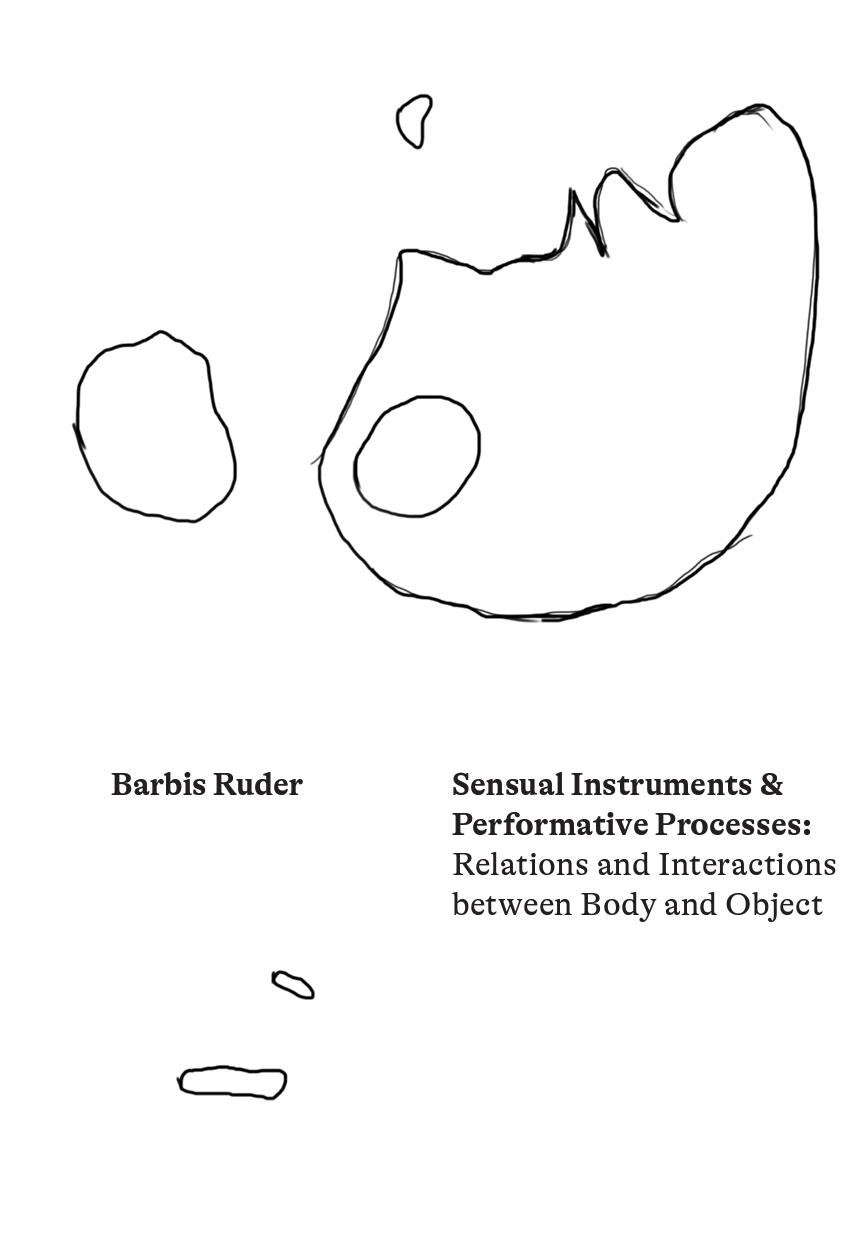The body mass index is a heuristic proxy for human body fat. The formula describes the individual’s body mass divided by the square of his/her weight.
While the formula previously called the Quetelet Index for BMI dates to the 19th century, the new term body mass index for the ratio and its popularity date to a paper published in the July edition of 1972 in the Journal of Chronic Diseases by Ancel Keys, which found the BMI to be the best proxy for body fat percentage among ratios of weight and height; the interest in measuring body fat being due to obesity becoming a discernible issue in prosperous Western societies.
BMI was explicitly cited by Keys as being appropriate for population studies, and inappropriate for individual diagnosis. Nevertheless, due to its simplicity, it came to be widely used for individual diagnosis, despite its inappropriateness. BMI provided a simple numeric measure of a person’s thickness or thinness, allowing health professionals to discuss over- and under-weight problems more objectively with their patients.
The work shows sketches on how a body could be translated into this kind of a square?








